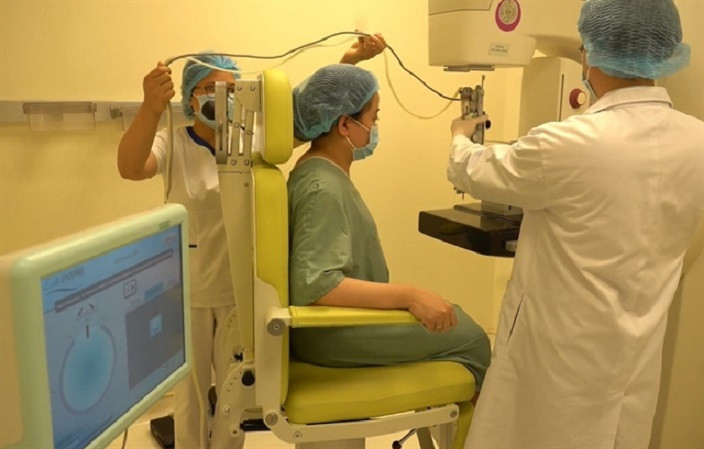
Việt Nam is among the countries with a high cancer mortality rate in the region and the world because most patients are diagnosed and treated at late stages, doctors have said.
Việt Nam is also heavily affected by cancer as the numbers of new cases and deaths continue to rise.
According to the Global Cancer Observatory (GLOBOCAN) statistics for 2022, Việt Nam has approximately 180,400 new cancer cases and over 120,000 cancer-related deaths each year.
Dr Diệp Bảo Tuấn, deputy director of HCM City Oncology Hospital, said cancer has become a burden for families and society.
As a specialised cancer treatment centre in the southern region, the hospital treats hundreds of thousands of patients annually. In 2023 alone, the hospital received nearly 800,000 patients, performed nearly 37,000 surgeries, over 180,000 radiation therapies and nearly 300,000 internal medicine treatments including chemotherapy, targeted therapy, and immunotherapy.
Explaining the high cancer mortality rate, Tuấn attributed it to patients being diagnosed and treated at late stages.
According to statistics from the hospital, about 50-80 per cent of patients come for examination when cancer is at stages 3 and 4, resulting in treatment outcomes not meeting expectations.
Tuấn advised people to undergo cancer screening programmes to detect the disease at early stages.
“Effective cancer screening programmes will help detect the disease early, reduce mortality rates, improve treatment quality, and reduce costs for patients. This is also one of the strategic measures in HCM City's cancer prevention and control plan in the coming time," he said.
Professor Michael Wang from the National Cancer Centre of Singapore emphasised the necessity of a national proton therapy centre.
He said proton therapy is an advanced cancer treatment method that can minimise common side effects seen in traditional radiation therapy. Developed countries and regions like the US, Europe, South Korea, Japan, and Singapore have built many proton therapy centres.
Wang evaluated that Việt Nam's equipment system and the expertise of its cancer treatment workforce are on par with leading countries in the region and the world. Therefore, Việt Nam is capable of developing and applying modern technologies such as proton therapy to achieve higher efficiency in cancer treatment.
He said: “Investing in a proton therapy system not only addresses the weaknesses of traditional radiation therapy but also reduces the need for domestic patients to seek treatment abroad. It can attract patients from neighbouring countries to Việt Nam for treatment." — VNS